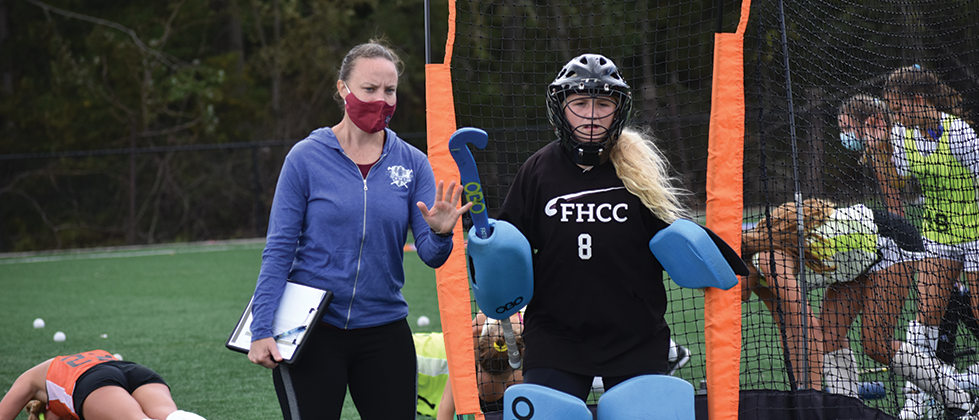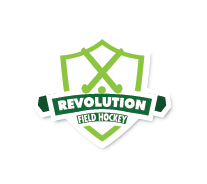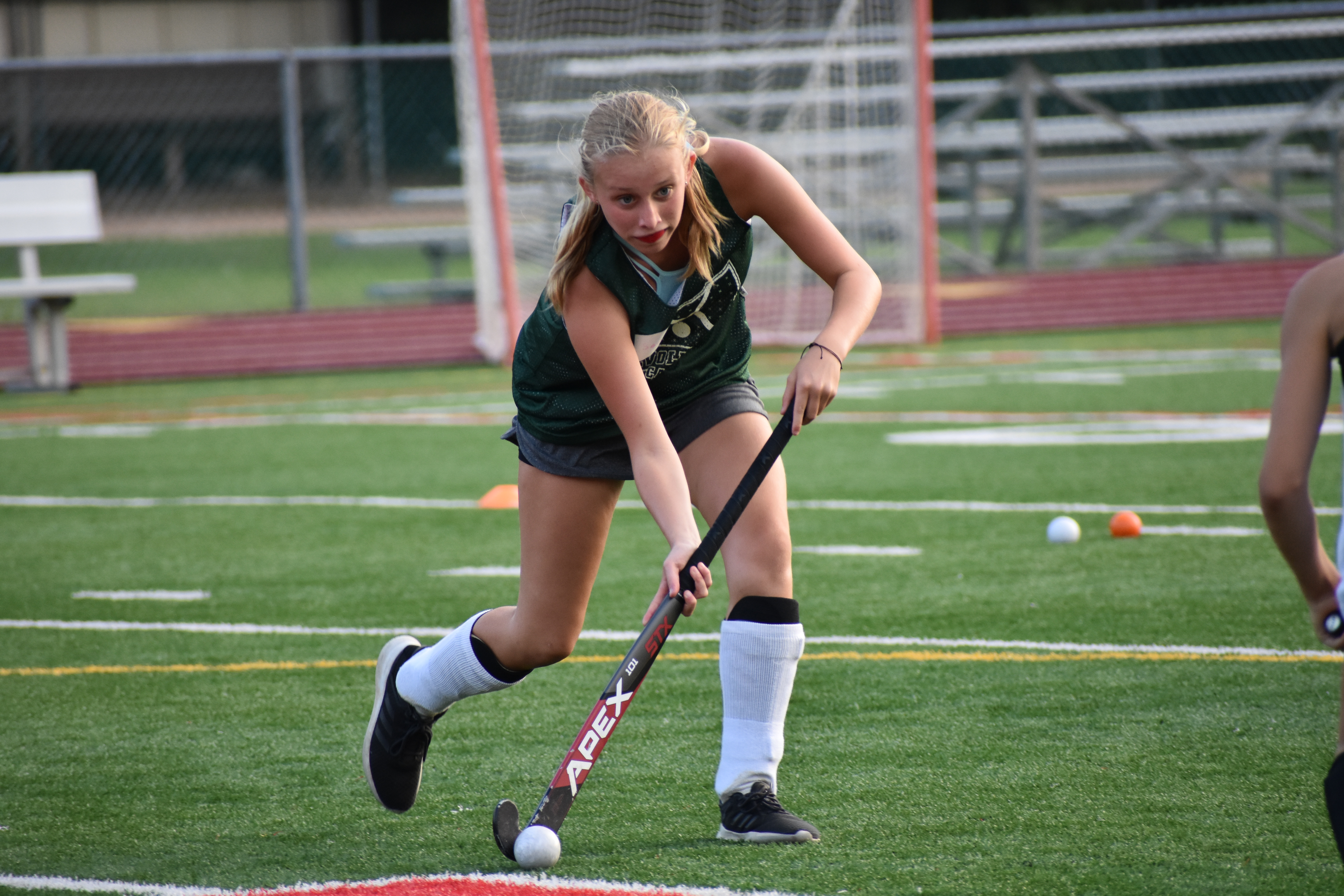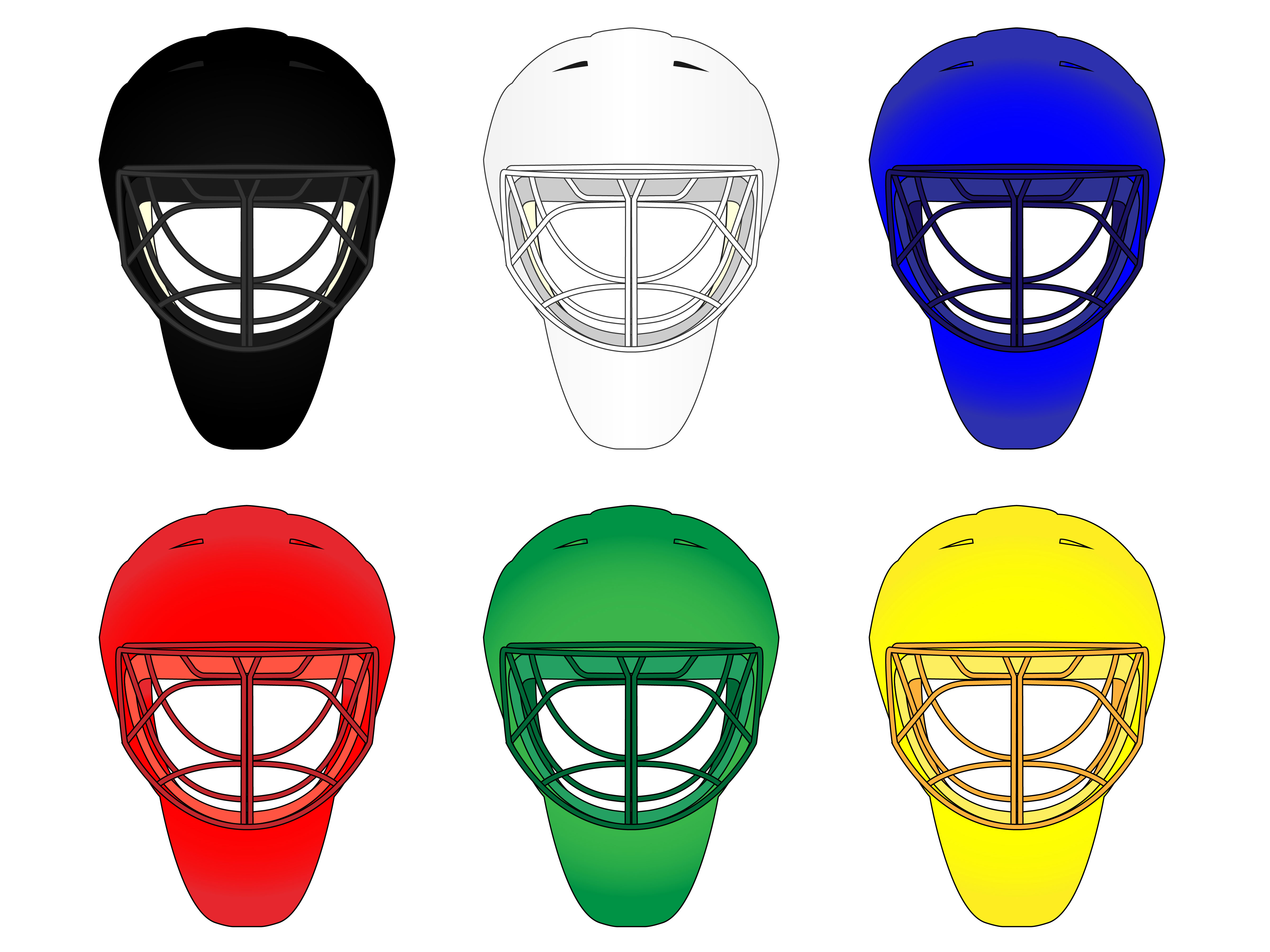How to Stay Safe in a Field Hockey Game

Whether you’re just starting out in field hockey or you’re an advanced college player, the goal of staying healthy throughout any particular game should be of the utmost importance. After all, the goal isn’t just to play in one game, it’s to keep playing as often as possible!
This is one of the biggest goals for all of us at Revolution Field Hockey Camps. Sure, we want all of our players to improve on the field and feel as though their skills have made legitimate progress, but the only way for this to happen is if it’s done in a safe and fun environment. Since 2002, we’ve been proud to welcome more than 40,000 youth field hockey players to one of our camps, and it never gets old watching them find ways to take their game to the next level each and every week.
In addition to this, we’ve partnered with the most well-known and important names in field hockey, including the United States Field Hockey Association, the National Field Hockey Coaches Association, Harrow Field Hockey, Cranbarry Field Hockey, and SISU Mouth Guards. Like Revolution, all of these organizations are dedicated to keeping players safe, because they know that’s the only way to grow within the game — both in skills and their passion for the sport overall.
So what exactly do you need to stay safe during a field hockey game? The first thing you must be sure of is that the protective gear you’re bringing to the field is adequate and that it’s in good enough shape to justify wearing it in the first place. You know, because wearing shin guards are a waste unless they actually do what they’re supposed to do!
Other pieces of equipment that must be in good working condition before you take the field include cleats, goggles, mouthguards, gloves, and masks. For those who are brave enough to be goalies, it’s important to ensure you have a helmet that includes a cage or mask that fully covers your face, along with a mouthguard or throat protector. For leg and foot protection, goalies should have padded goalie pants, pelvic protectors, leg guards that fully cover the lower legs while still allowing some movement foam guards that go over cleats in the correct size. Chest pads, arm guards, and elbow protectors (which are usually connected) are necessary and fit properly, along with hand protectors.
After each field hockey season, it’s a good idea to take inventory of your protective gear to make sure nothing needs to be replaced. That’s the best way to avoid a potentially unfortunate situation. Instead of assuming everything is fine, verify that everything is still in good working condition before taking the field with it all again.
Once you’re on the field itself, be sure to follow all the safety rules and regulations during practices and games. Paying attention to the fundamental details of the game, like tackling, shooting, and stick-handling will also keep you and the players around you safe. Also, be respectful to the referees, and if an opposing player does something against the rules or something you disagree with, don’t escalate the situation — just let the proper people know so it can be handled by a coach or a referee.
Field hockey is a game and it’s meant to be fun, and staying safe while you’re on the field will absolutely help make this a reality.



